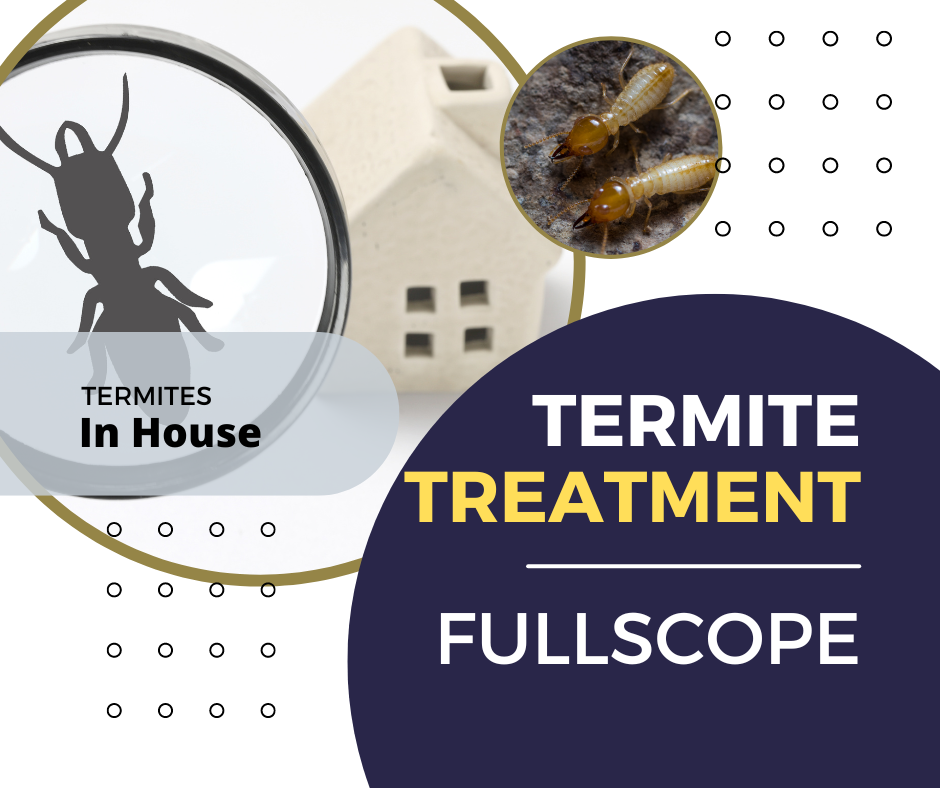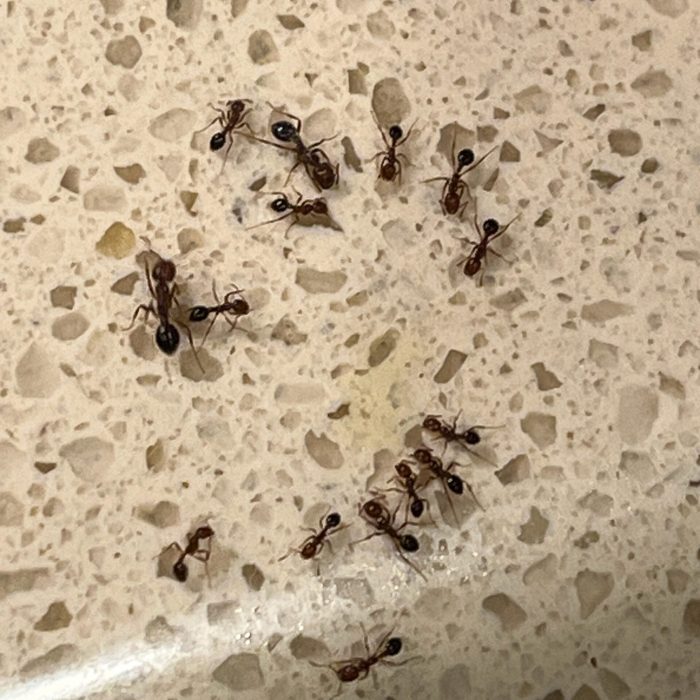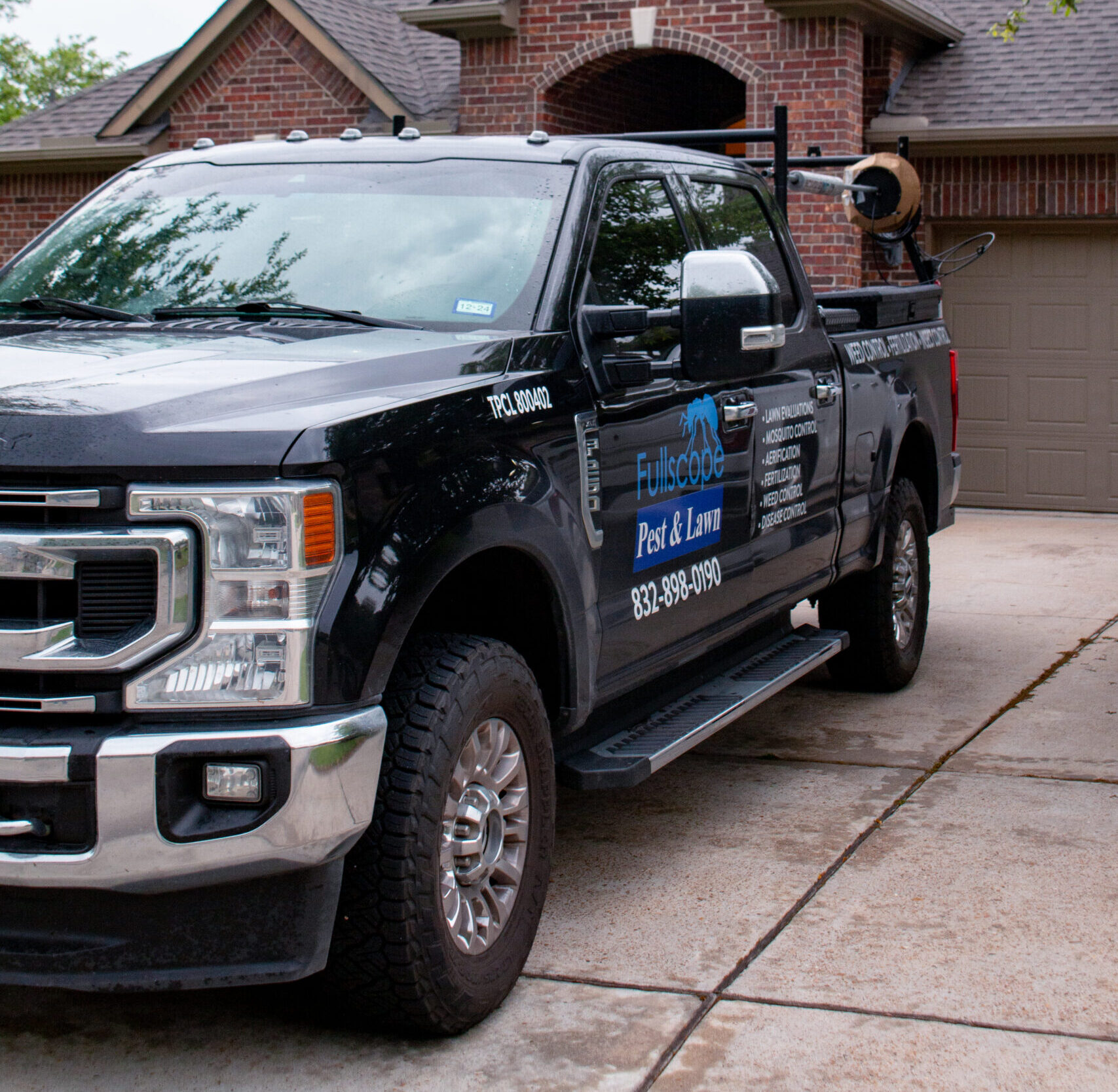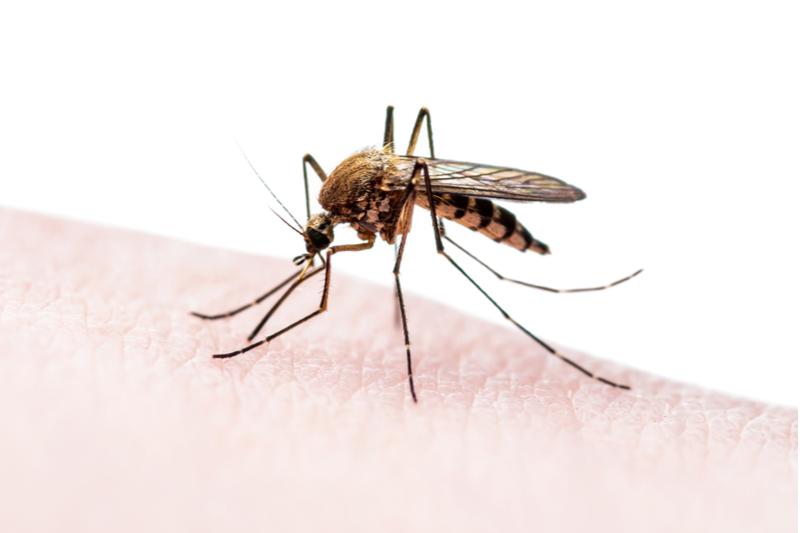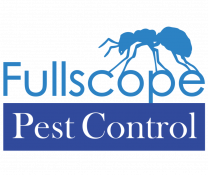
Key Highlights
- Termites can cause severe damage to homes, including structural damage that can lead to collapse.
- Early detection of termite infestations is crucial to prevent extensive damage.
- Signs of a termite infestation include unexplained cracks on internal walls, difficulty opening or closing doors and windows, clicking sounds within the walls, flying termites or discarded wings, tunnels in wood or mud tubes on exterior walls, soft wood that sounds hollow when tapped, piles of termite droppings near wood structures, and the emergence of swarmers.
- Conducting a termite inspection at home is important to identify any signs of termites and take necessary actions.
- Choosing the right tools, following a step-by-step guide, and knowing when to call a professional are essential for a successful DIY termite inspection.
- Effective solutions for termite infestation include natural remedies, chemical treatments, and preventive measures to keep termites at bay.
- Termites can have a significant impact on homes, causing financial implications and long-term effects if ignored.
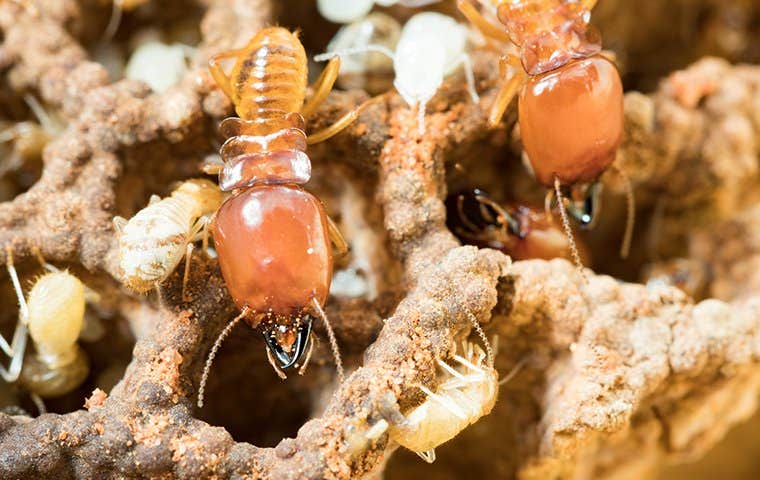
Introduction
Termites are among the most destructive insects in the world, capable of causing significant damage to homes and other wooden structures. If left untreated, termite infestations can lead to structural damage and even the collapse of a building. However, with early detection and proper treatment, homeowners can protect their homes from the devastating effects of termites.
Identifying the signs of a termite infestation is the first step in preventing extensive damage. In this blog, we will discuss how to check for signs of termites in your house and provide effective solutions for termite control. We will also explain the impact of termites on your home and answer some frequently asked questions about termite infestations.
By understanding the warning signs of termites and taking appropriate measures, homeowners can safeguard their homes and ensure the longevity of their structures. Whether you choose to conduct a termite inspection yourself or hire a professional, the key is to be proactive in preventing and addressing termite infestations. Let’s dive into the details and learn how to check for termites in your house.
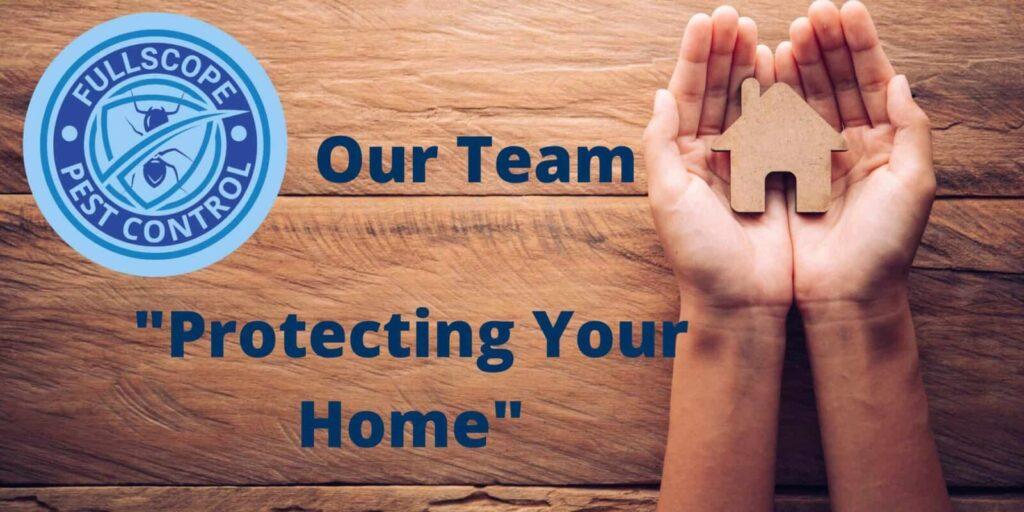
Identifying Signs of Termites in Your Home
Identifying the signs of a termite infestation is crucial in order to take prompt action and prevent extensive damage to your home. While termites can be difficult to detect, there are several warning signs that can indicate their presence. By keeping an eye out for these signs, you can catch a termite infestation early and minimize the potential damage to your property.
1. Unexplained Cracks on Internal Walls
One of the first signs of a termite infestation is unexplained cracks on internal walls. As termites feed on wood, they create tunnels and galleries within the walls, causing the structure to weaken. This can lead to cracks appearing on the surface of the walls, especially in areas where the infestation is concentrated. These cracks may be small at first but can gradually widen over time, indicating significant termite damage. If you notice unexplained cracks on your internal walls, it is important to investigate further for a possible termite infestation.
2. Doors and Windows Becoming Hard to Open or Close
Difficulty in opening or closing doors and windows can be a clear indication of termite damage. As termites feed on wooden structures, they can cause the wood to warp or become distorted. This can affect the functionality of doors and windows, making them hard to open or close smoothly. If you notice that your doors or windows are becoming increasingly difficult to operate, it is important to inspect the frames for signs of termite infestation. Pay close attention to any visible damage or weakened areas in the wood, as these can be telltale signs of a termite problem.
3. Clicking Sounds Within the Walls
Clicking sounds within the walls can indicate termite activity. Termites communicate through vibrations, and these vibrations can produce clicking sounds that are often faint and difficult to detect. However, if you hear consistent clicking sounds coming from within your walls, it is advisable to investigate further for a possible termite infestation. While clicking sounds alone may not confirm the presence of termites, they can serve as an early warning sign and prompt further inspection.
4. Presence of Flying Termites or Their Discarded Wings
The presence of flying termites or their discarded wings is a strong indication of a termite infestation. Flying termites, also known as termite swarmers, are reproductive termites that emerge from mature colonies in search of a mate and a suitable location to start a new colony. Seeing a swarm of flying termites or finding their discarded wings around your property can indicate the presence of an active termite infestation. These swarmers are often attracted to light sources and may be found near windows and doors. If you come across flying termites or their wings, it is important to take immediate action to address the termite problem.
5. Tunnels in Wood or Mud Tubes on Exterior Walls
Tunnels in wood or mud tubes on exterior walls are clear signs of termite activity. Subterranean termites, one of the most common types of termites, build mud tubes to protect themselves while traveling from their underground colonies to sources of food, such as wood in your home’s structure. These mud tubes can often be found on exterior walls, especially near the foundation. If you notice mud tubes or tunnels in wood, it is important to address the termite infestation promptly to prevent further damage to your home.
6. Soft Wood That Sounds Hollow When Tapped
Soft wood that sounds hollow when tapped can indicate a termite infestation, particularly drywood termites. Drywood termites infest dry wood and create galleries within the wood as they feed. This can result in the wood becoming hollow and weakened, causing it to produce a distinctive hollow sound when tapped. If you suspect a termite infestation and find areas of wood in your home that sound hollow, it is important to conduct a thorough inspection to confirm the presence of termites and take appropriate measures for termite control.
7. Piles of Termite Droppings Near Wood Structures
Piles of termite droppings, also known as frass, near wood structures can indicate a termite infestation. As termites feed on wood, they produce droppings that are pushed out of their tunnels and accumulate in piles. These droppings are often small, granular, and resemble sawdust or coffee grounds. If you come across piles of termite droppings near wooden structures in your home, it is a clear sign of termite activity. Prompt action is necessary to address the infestation and prevent further damage to your property.
You see swarmers emerge inside the building, or find dead swarmers on the floor or windowsill.
If you see swarmers emerging inside your building or find dead swarmers on the floor or windowsill, it is a strong indication of a termite infestation. Swarmers are reproductive termites that leave their existing colonies to start new colonies. Their emergence inside the building suggests that there is an active termite problem. Dead swarmers, on the other hand, can be a sign that a termite colony has already established itself within your property. In either case, it is important to take immediate action to address the termite infestation and prevent the establishment of new colonies.
You see swarmers emerge outside but very near the building’s foundation.
If you see swarmers emerging outside, but very near your building’s foundation, it can be an early warning sign of a termite infestation. Swarmers are reproductive termites that emerge from mature colonies to find a mate and establish new colonies. If swarmers are emerging in close proximity to your home’s foundation, it indicates that there may be an active termite colony nearby. Although the swarmers themselves may not directly damage your home, their presence suggests a potential risk of termite infestation. It is advisable to conduct a thorough inspection and take appropriate measures to prevent the establishment of termite colonies in your property.
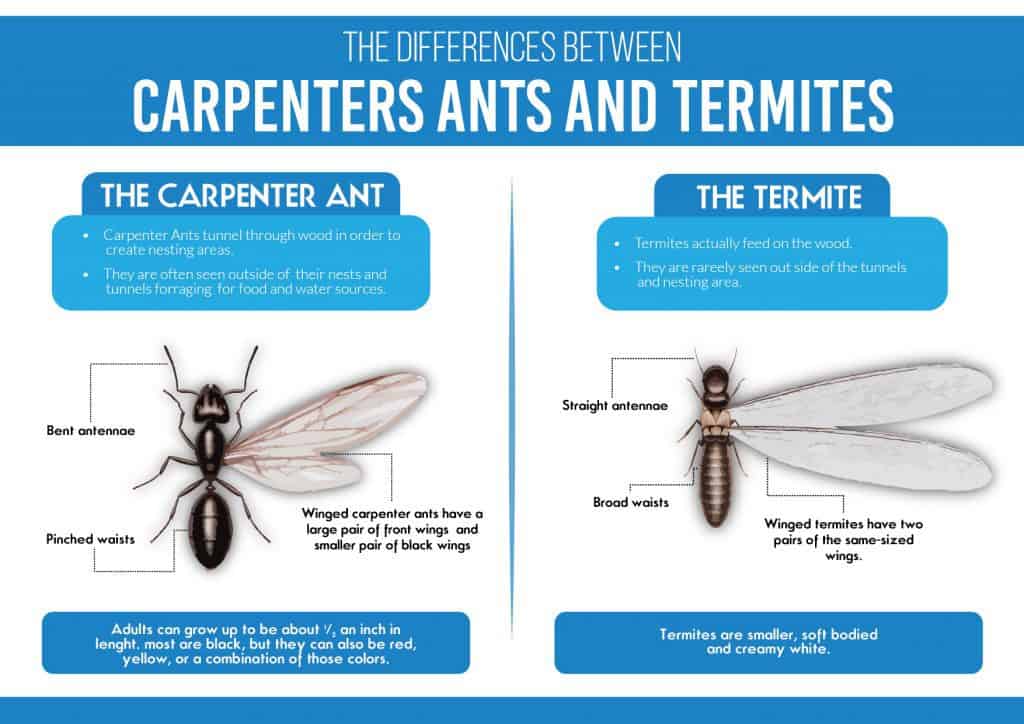
You see swarmers emerging from a stump, log, pile of wood or other source out in the landscape but well away from the foundation of the building (25 feet or more), or you find active termites in such a situation.
If you see swarmers emerging from a stump, log, pile of wood, or any other source in the landscape, but well away from the foundation of your building (25 feet or more), it indicates the presence of termite colonies in the vicinity. Swarmers are reproductive termites that emerge from established colonies to mate and start new colonies. The presence of active swarmers or active termites in such a situation suggests that there is a nearby food source, such as decaying wood, which is attracting the termites. It is important to address the termite colonies and eliminate the food source to prevent them from spreading to your building and causing damage.
You find mud shelter tubes traveling up the outside foundation wall, inner foundation wall, up support piers or plumbing under the house, or similar situations.
Finding mud shelter tubes traveling up the outside foundation wall, inner foundation wall, support piers, or plumbing under the house is a clear indication of a termite infestation. Subterranean termites, one of the most common types of termites, build mud tubes to protect themselves while traveling from their underground colonies to above-ground food sources, such as the wooden structures of your home. These mud tubes can often be found on the exterior foundation walls, interior foundation walls, support piers, or plumbing under the house. The presence of mud tubes indicates an active termite infestation and potential structural damage to your home. Prompt action is necessary to address the infestation and prevent further damage.
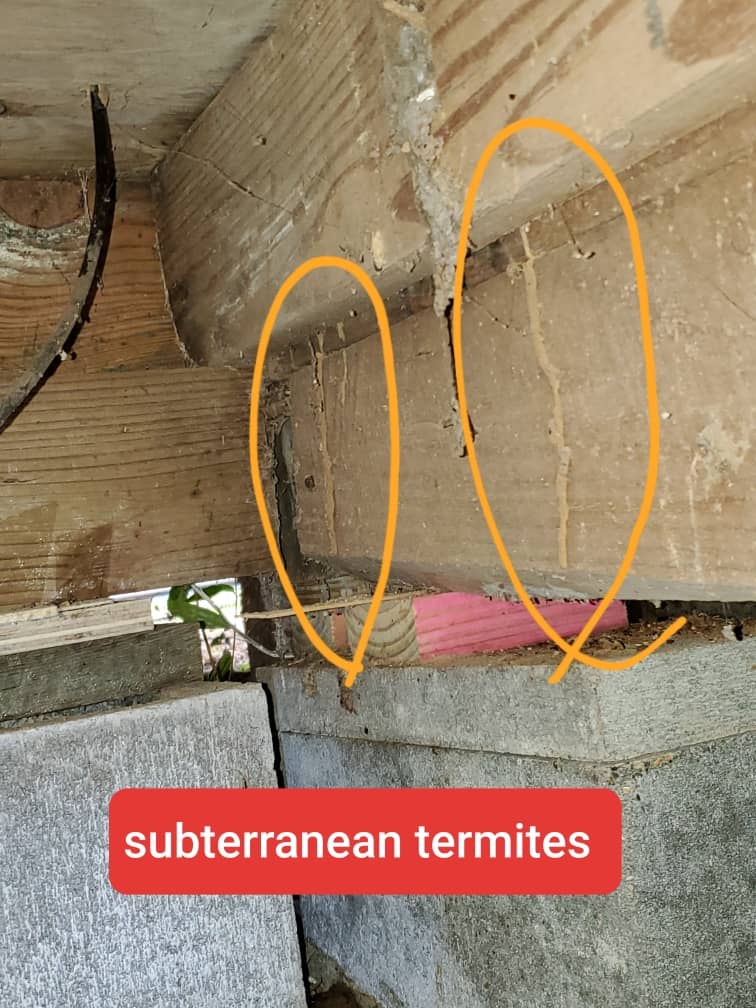
How to Conduct a Termite Inspection at Home
Conducting a termite inspection at home is essential to identify any signs of termites and take necessary actions to address the infestation. While professional termite inspections are recommended, homeowners can also perform a DIY termite inspection with the right tools and knowledge. In this section, we will discuss how to conduct a termite inspection at home, including choosing the right tools, following a step-by-step guide, and knowing when to call a professional for further assistance.
Choosing the Right Tools for a DIY Termite Inspection
Conducting a DIY termite inspection requires the use of appropriate tools to effectively detect signs of termites. Some essential tools for a DIY termite inspection include a flashlight, screwdriver, moisture meter, and magnifying glass. These tools help in examining potential entry points, identifying termite damage, and determining the presence of live termites. It is important to choose high-quality tools that are specifically designed for termite inspections to ensure accurate results. By using the right tools, homeowners can conduct a thorough inspection and gather the necessary information to address a termite infestation.
Step-by-Step Guide to Inspecting Your Home for Termites
In this step-by-step guide, we will walk you through the process of inspecting your home for termites. By following these steps, you can identify any signs of termite activity and take appropriate measures to address the infestation. Remember to take your time and be thorough in your inspection to ensure accurate results. Let’s dive into the step-by-step guide for inspecting your home for termites.
Signs of Termites
Termites are a common household pest that can cause significant damage if left unchecked. There are different termite species that may infest your house, each with its own unique characteristics and behaviors. It’s important to be able to identify the signs of termite activity in your home, such as mud tubes, discarded termite wings, or hollow-sounding wood. If you suspect a termite infestation, it’s crucial to contact a professional pest control service to address the issue promptly and effectively.
Damaged Wood
The presence of damaged wood or wood damge in your house is a clear sign of a potential termite infestation. If you notice wood that appears crumbled, weakened, or hollowed out, it could be due to termites feeding on the wood fibers. It is important to address this issue promptly as termites can cause significant structural damage to your home if left unchecked. Be sure to seek professional help for a thorough inspection and effective treatment to protect your property from further harm caused by these destructive pests.
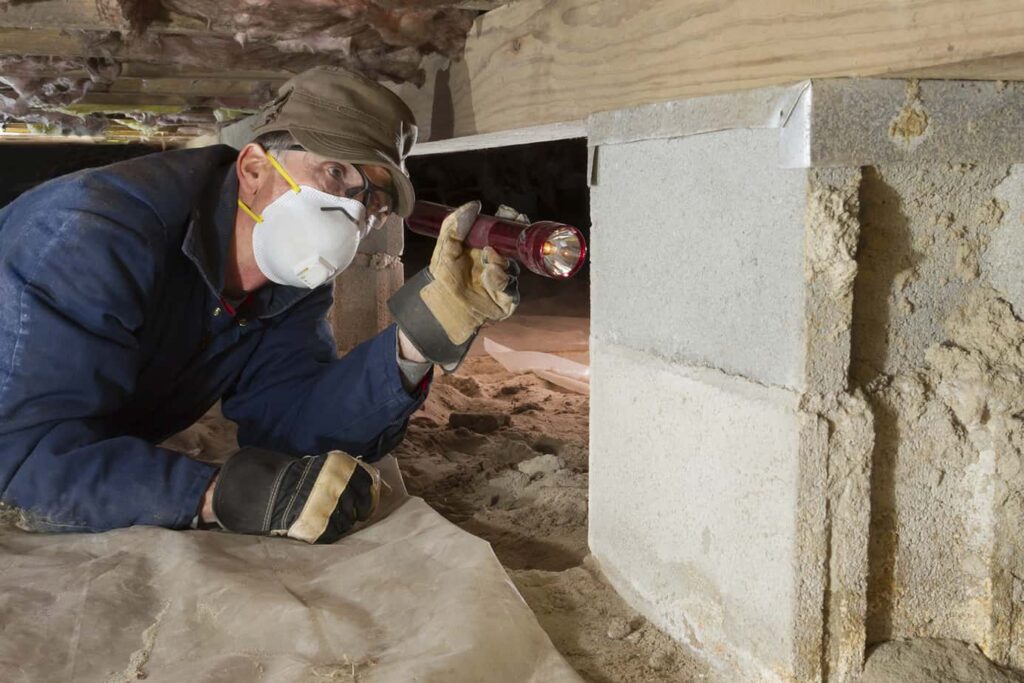
Early Warning Signs
Early warning signs of termites can include mud tubes, termite droppings, and signs of structural damage. It is important to regularly inspect your property for these signs to catch a potential termite infestation early. Closing potential entry points such as cracks in the foundation, door frames, and windows can help prevent termites from entering your home. Being proactive and knowledgeable about early warning signs of termites is crucial in protecting your property from costly damage.

Termite Holes
Termite holes are small openings in wood surfaces that termites create to enter and exit their feeding areas. These holes are typically very small and may not be easily noticeable at first glance. However, they serve as pathways for termites to move inside the wood and can indicate a serious termite infestation. If you spot termite holes in your home, it’s essential to take immediate action to address the issue before further damage occurs. Contacting a professional pest control service is recommended to properly assess the extent of the infestation and implement effective treatment measures. Remember, early detection and intervention are key in protecting your most valuable investment.
How can you identify if you have termites in your house?
One common sign of termites in your house is the presence of discarded wings near windowsills or doorways. Mud tubes on exterior walls, hollow-sounding wood when tapped, or small piles of sawdust are also indicators. Regular inspections by professionals can help detect termites early.
When to Call a Professional for a Termite Inspection
While DIY termite inspections can be effective, there are situations where it is best to call a professional for a termite inspection. If you have identified signs of a termite infestation or suspect significant termite damage in your home, it is advisable to seek the expertise of a professional pest control company. Professional termite inspections are conducted by trained technicians who have the knowledge and experience to accurately assess the extent of the infestation and provide appropriate treatment options. Calling a professional for a termite inspection ensures that the infestation is properly addressed and helps prevent further damage to your property.
Effective Solutions for Termite Infestation
When it comes to termite infestations, early intervention and effective solutions are crucial to prevent further damage to your property. In this section, we will explore various solutions for termite control, including natural remedies, chemical treatments, and preventive measures. By implementing these solutions, homeowners can effectively address termite infestations and protect their homes from future damage.

Natural Remedies to Get Rid of Termites
Natural remedies can be a safe and eco-friendly option for getting rid of termites. While these remedies may not provide the same level of effectiveness as professional treatments, they can help reduce termite activity and prevent further damage. In this section, we will discuss some natural remedies for termite control, including the use of orange oil, neem oil, vinegar, and diatomaceous earth. These remedies can be used in combination with other preventive measures to create an environment that is less attractive to termites.
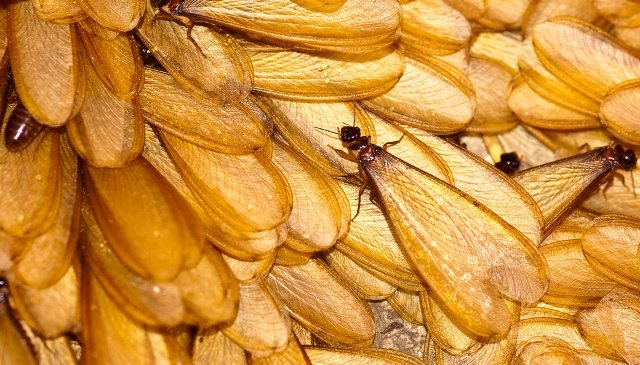
Chemical Treatments for Termite Control
Chemical treatments are commonly used for termite control, especially in cases of severe infestations. These treatments involve the use of specialized products that are designed to eliminate termites and protect the structure from further damage. In this section, we will discuss some common chemical treatments for termite control, including liquid termiticides, termite baits, and fumigation. It is important to follow the instructions provided by the manufacturer and, in some cases, seek professional assistance for the application of chemical treatments to ensure their effectiveness and safety.
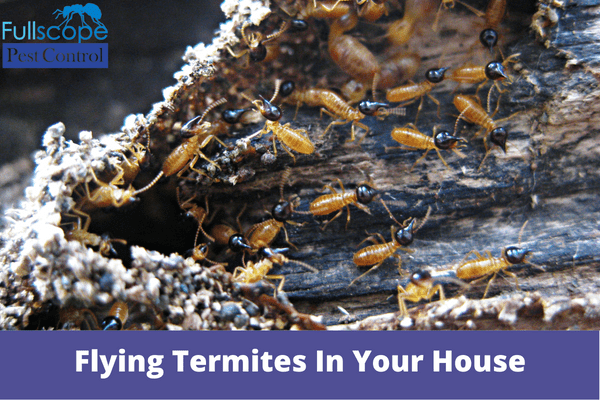
Preventive Measures to Keep Termites at Bay
Preventive measures play a crucial role in keeping termites at bay and minimizing the risk of termite infestations. By implementing these measures, homeowners can create an environment that is less attractive to termites and reduce the likelihood of a termite problem. In this section, we will discuss some preventive measures for termite control, including removing sources of moisture, sealing potential entry points, maintaining proper ventilation, and regular inspections. By incorporating these preventive measures into your routine, you can significantly reduce the risk of termite infestations and protect your home from damage.
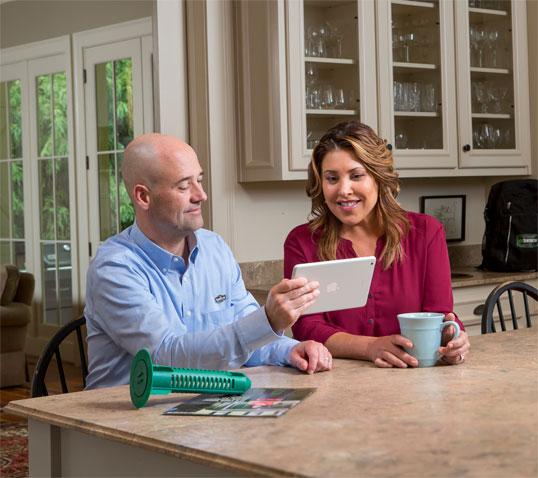
Understanding the Impact of Termites on Your Home
Termites can have a significant impact on your home, both financially and structurally. Understanding the consequences of termite infestations is essential in order to take appropriate measures for prevention and control. In this section, we will discuss the extent of damage termites can cause, the financial implications of termite damage, and the long-term effects of ignoring termite infestations. By understanding the impact of termites on your home, you can make informed decisions and protect your property from the devastating effects of termite damage.
The Extent of Damage Termites Can Cause
Termites can cause extensive damage to homes and other wooden structures. As these pests feed on wood, they create tunnels and galleries within the structure, weakening its integrity. Over time, termite damage can lead to significant structural issues, including sagging floors, buckling walls, and even the collapse of the building. Additionally, termites can also cause damage to furniture, books, and other wooden items within the home. The extent of termite damage depends on factors such as the size of the infestation, the duration of the infestation, and the type of termites involved. It is crucial to address termite infestations promptly to prevent further damage to your property.
Financial Implications of Termite Damage
Termite damage can have significant financial implications for homeowners. The cost of repairing termite damage can vary depending on the extent of the damage and the necessary repairs. In some cases, extensive termite damage may require structural repairs, including the replacement of damaged beams, joists, and other support structures. The cost of such repairs can be substantial, often amounting to tens of thousands of dollars. Additionally, termite damage can also affect the value of the property, making it more difficult to sell or refinance. Considering the financial implications of termite damage, it is crucial to invest in preventive measures and address infestations promptly to minimize the potential costs.
Long-term Effects of Ignoring Termite Infestations
Ignoring termite infestations can have long-term effects on your home. As termites continue to feed on the wood, the structural integrity of the building can be compromised. Over time, this can lead to significant structural damage, including sagging floors, weakened walls, and even the collapse of the structure. The longer a termite infestation goes untreated, the more extensive the damage can become. Additionally, termite damage can also attract other pests, such as rodents, that can further damage the property. Ignoring termite infestations can result in costly repairs, decreased property value, and potential safety hazards. It is essential to take immediate action at the first signs of a termite infestation to prevent long-term effects on your home.
Conclusion
In conclusion, understanding the signs of termite infestation is crucial for protecting your home. From unexplained cracks to soft wood and mud tubes, being vigilant can prevent extensive damage. Conducting regular termite inspections, using effective solutions, and knowing the impact of termites on your home are key steps in safeguarding your property. Swift action is essential upon discovery to mitigate financial implications and long-term effects of infestations. Stay proactive in prevention and seek professional help when needed to maintain a termite-free environment for your home’s safety and integrity.
Frequently Asked Questions
How Often Should I Inspect My Home for Termites?
Homeowners should inspect their homes for termites at least once a year, or as recommended by pest control professionals. Regular termite inspections help detect any signs of termite activity early on and allow for prompt treatment. Some pest control companies even offer free inspections to homeowners.
Are DIY Termite Treatments Effective?
DIY termite treatments can be effective for minor termite infestations. However, for more severe infestations, it is recommended to seek professional termite control services. Professional treatments are often more effective in eliminating termite colonies and preventing future infestations.
Can Termites Spread from One House to Another?
Yes, termites can spread from one house to another. If termite colonies are established in one property, they can expand and create new colonies in nearby structures. It is important to take appropriate measures to prevent termite spread and protect neighboring properties from potential damage.
What Are the First Steps After Discovering Termites?
After discovering termites, the first steps should involve taking immediate action. Contact a professional pest control company to conduct a thorough termite inspection and recommend appropriate treatment options. It is important not to delay in addressing the termite infestation to prevent further damage to your property.
How Can I Prevent Termites from Returning After Treatment?
To prevent termites from returning after treatment, it is crucial to implement preventive measures. These may include regular termite inspections, addressing moisture issues, removing food sources, sealing potential entry points, and maintaining proper ventilation. By combining these preventive measures, you can reduce the risk of future termite infestations.
Is it Safe to Stay in a House with Termites?
While termites themselves do not pose a direct threat to human safety, a termite infestation can cause structural damage to a house. It is important to address the termite infestation promptly to prevent further damage and ensure the safety and integrity of the structure. Consult with a professional pest control company for appropriate treatment options.

